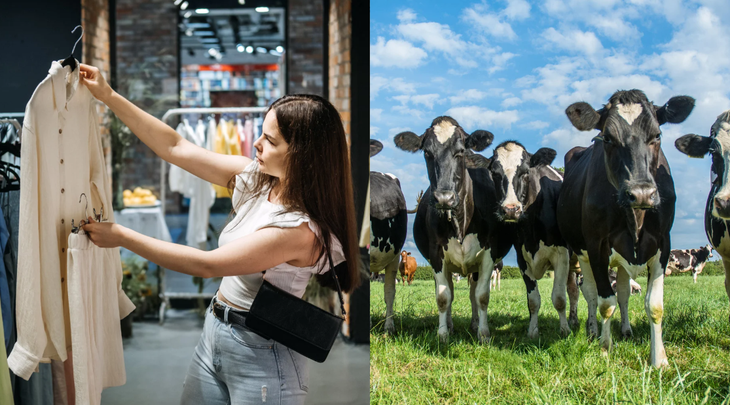
Cellulose fibers created from cow dung can be used as raw materials for fabrics, bio-clothing, high-tech textiles, opening the door to environmentally friendly fashion and possibly creating a strong global development trend - Photo: AI
New technology developed by scientists at University College London (UCL) and Edinburgh Napier University (UK) is opening up huge prospects in the field of sustainable industrial materials production: turning cow dung into industrial-grade cellulose fibre, one of the world's most common raw materials.
The research results, published in the Journal of Cleaner Production, introduce a technique called "horizontal nozzle-pressurised spinning", which is not only environmentally friendly but also has the ability to reuse agricultural waste that is a serious polluter.
Cellulose is the main component of plant cell walls and has been used since the 19th century to make paper, fabrics, packaging, and even pharmaceuticals. However, current cellulose production still relies heavily on plant materials and toxic chemical processes.
"We asked whether we could use the cellulose left over from cow dung from the plants the cows ate to create industrial materials. And after much experimentation, we found a way," said Professor Mohan Edirisinghe, lead researcher at UCL.
Using mild chemical reactions and homogenization, the team successfully extracted cellulose from cow dung. They had difficulty experimenting with traditional rotary press technology, but when they switched to a horizontal press, spraying the solution into a stream of water, cellulose fibers began to clearly form.
From this solution, they can also create other types of materials such as thin films, nets, ribbons, each of which can be used in industries such as clothing, medicine, packaging, engineering, etc.
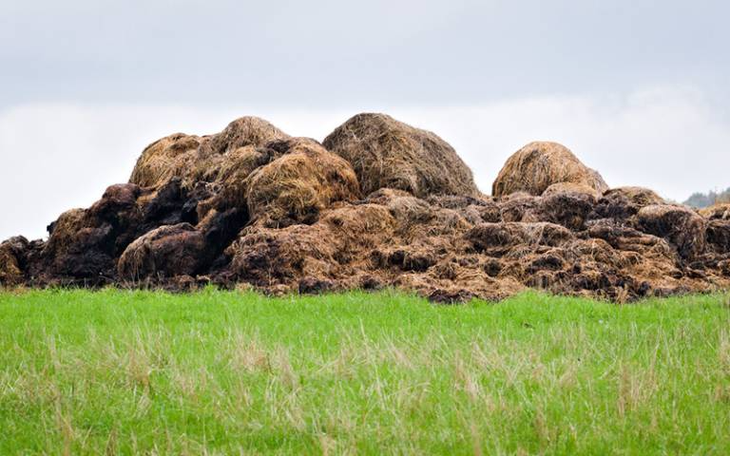
Cow dung is also a major environmental burden. If not properly disposed of, it pollutes water sources, emits greenhouse gases and spreads pathogens - Photo: UCL
The new technique does not require high voltages like current fiber creation methods (e.g. electrospinning), and is easily scaled up by utilizing existing mechanical equipment.
However, the biggest challenge comes from collecting and processing this special resource in an efficient, hygienic and economical way. However, the research team believes that the environmental and commercial benefits are huge.
Cellulose fibers created from cow dung can be used as raw materials for fabrics, bio-clothing, high-tech textiles, opening the door to eco-friendly fashion and potentially creating a global boom.
The technology also offers an economic solution for the dairy industry, which is facing a huge amount of waste. A 2019 report said that global animal manure production will increase by at least 40% between 2003 and 2030, surpassing 5 billion tons per year. When not properly managed, it pollutes water sources, emits greenhouse gases, and spreads pathogens.
While there are still many questions that need further research, especially the stability of the process and the ability to mass produce it, this invention has laid the foundation for a future where people can wear clothes made from... cow dung that are clean, sustainable and fashionable.
The research team is currently looking for opportunities to cooperate with farms to practically apply this technology, making cow manure an essential part of the green industrial materials production chain.
Source: https://tuoitre.vn/tuong-lai-con-nguoi-co-the-mac-quan-ao-tu-phan-bo-20250509164434742.htm






















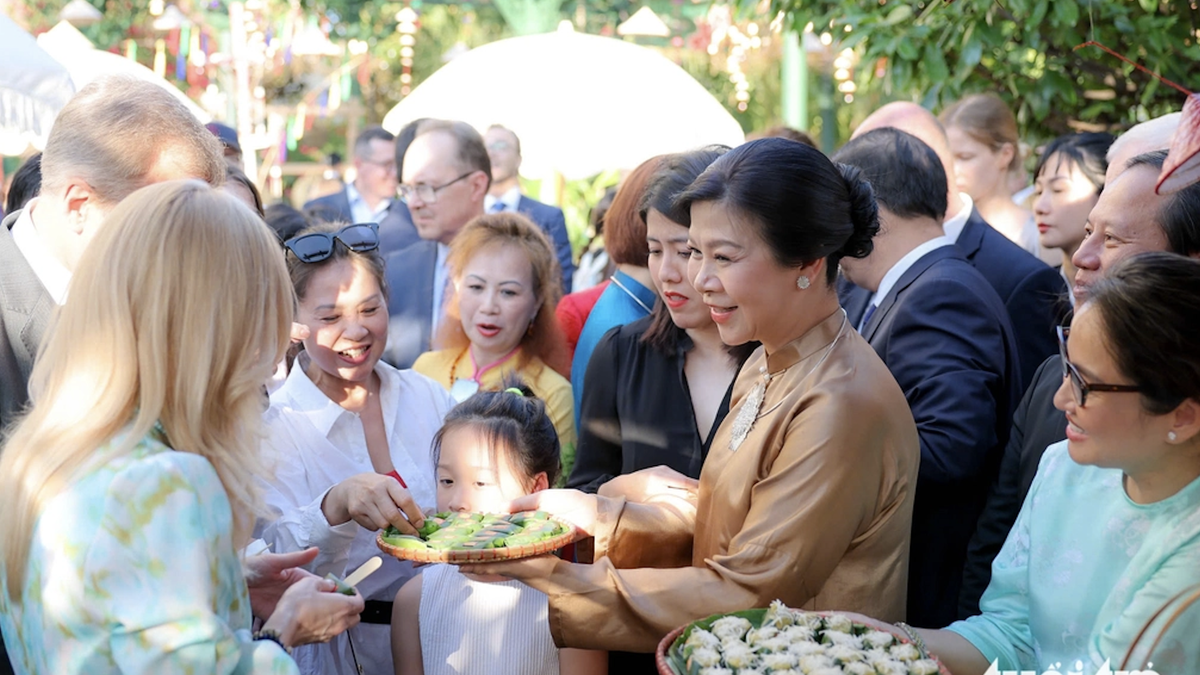






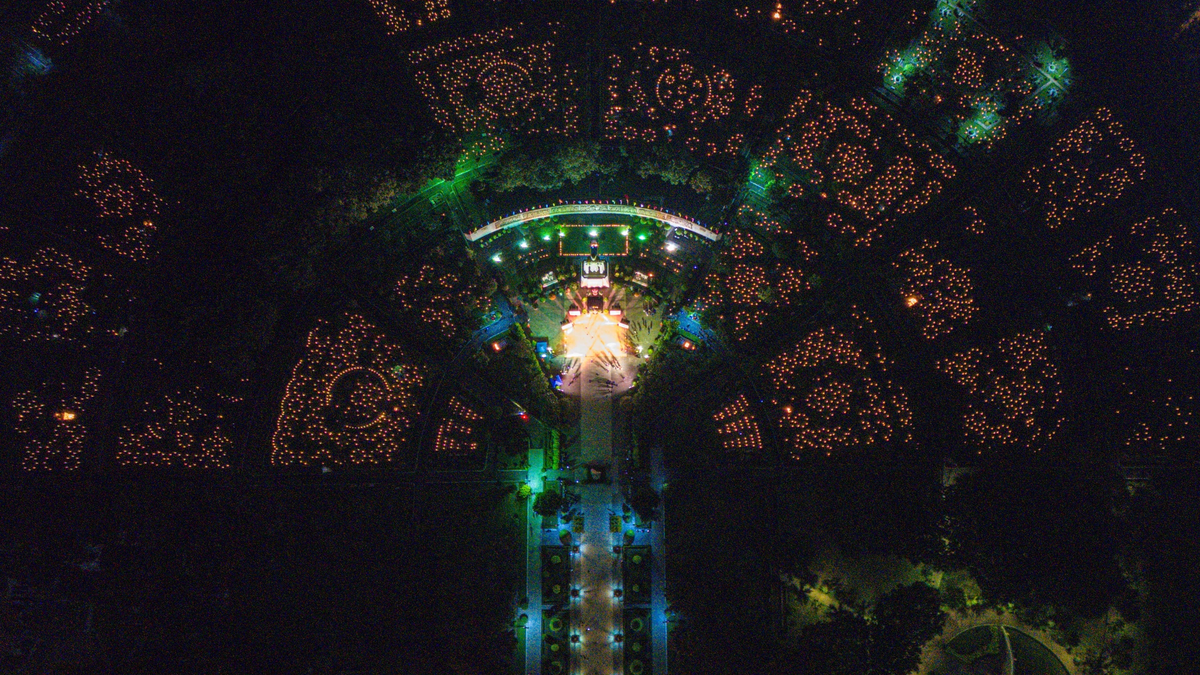




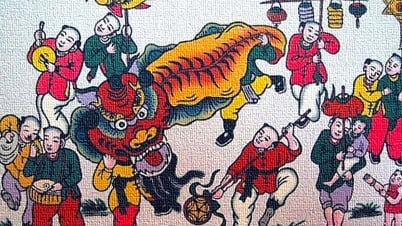

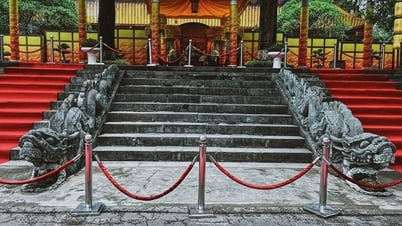




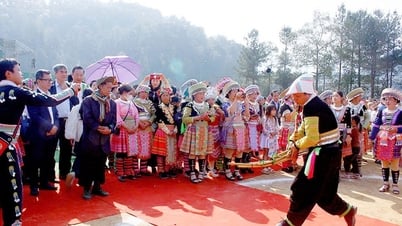



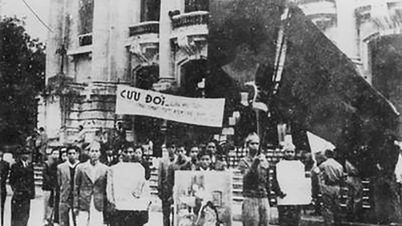





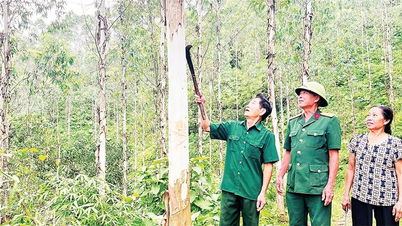


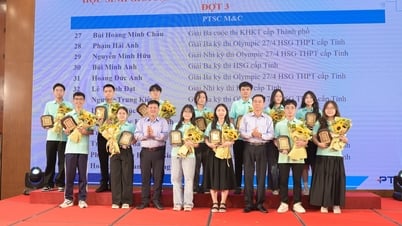









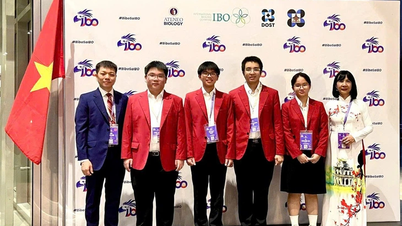









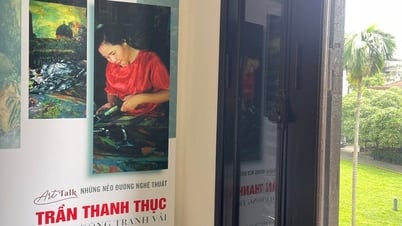
























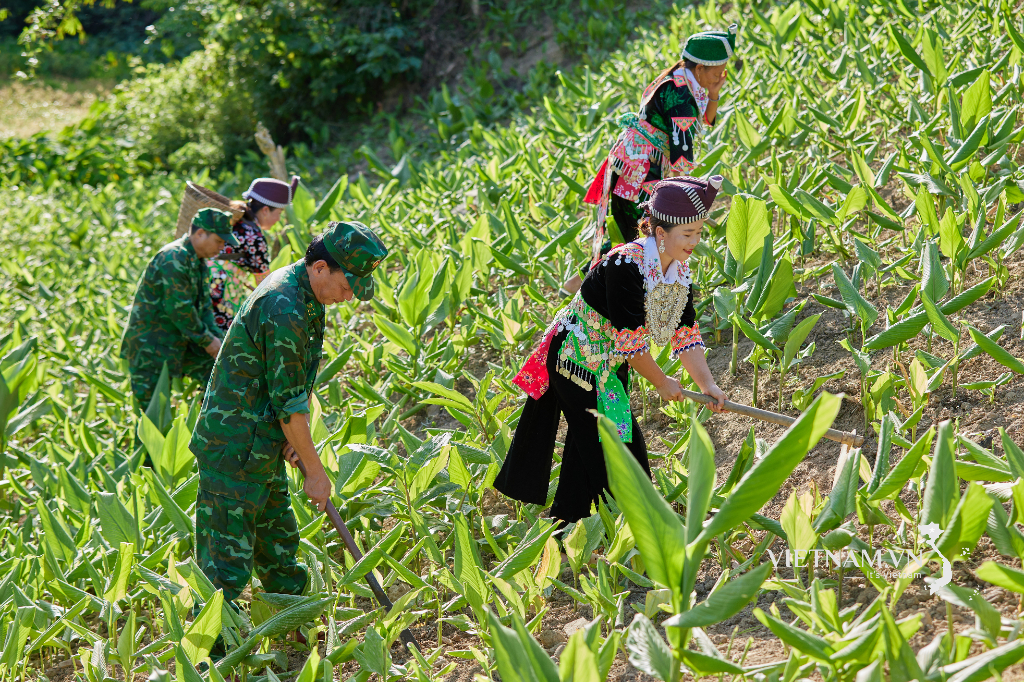

Comment (0)